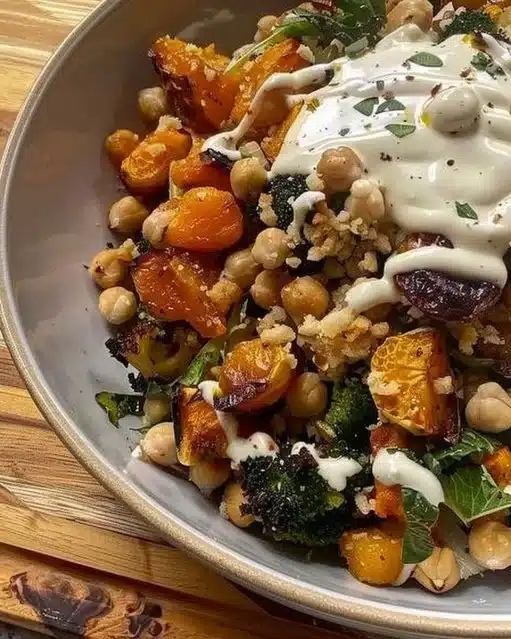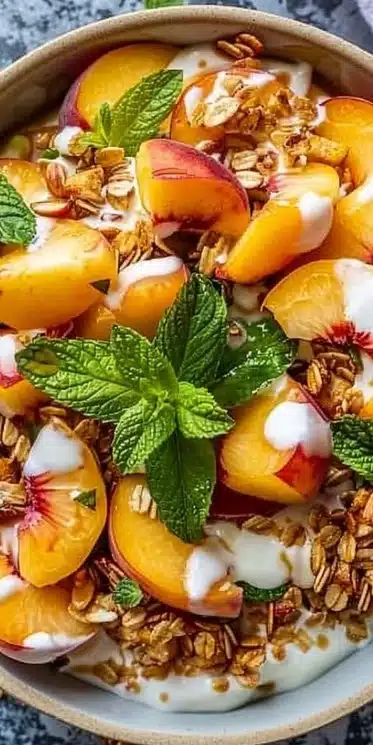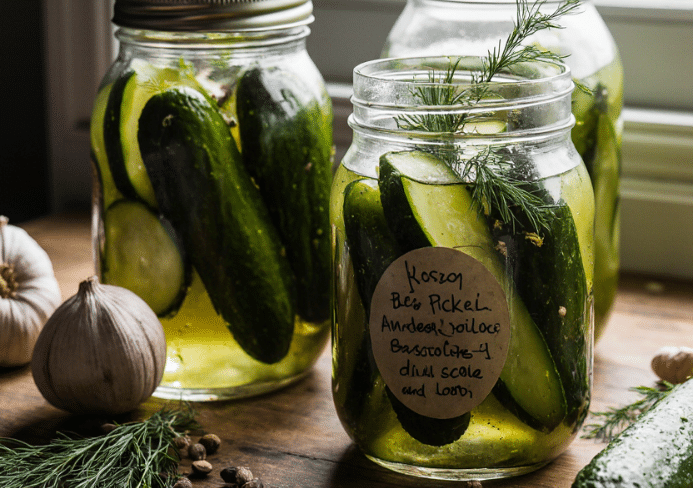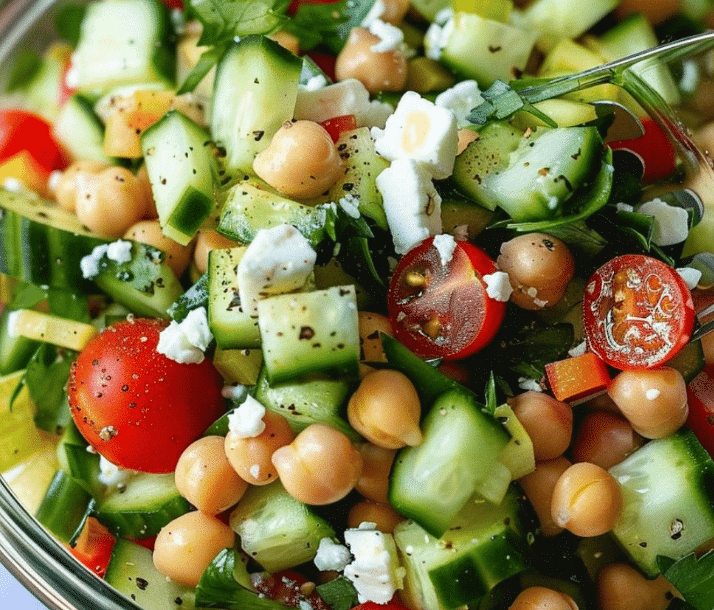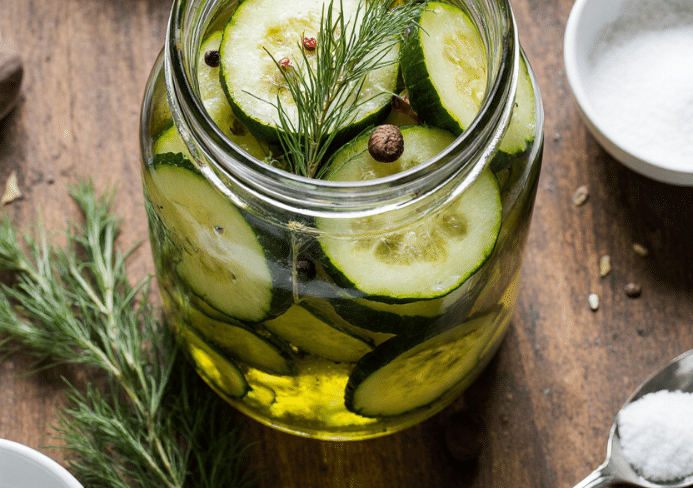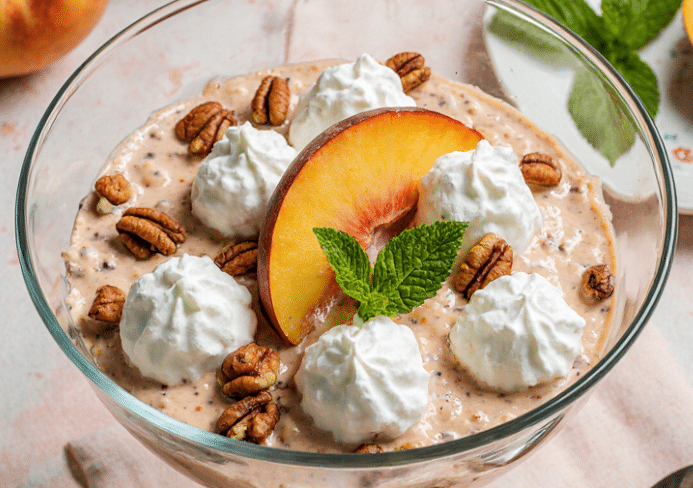The Ultimate Guide to Homemade Refrigerator Pickled Vegetables
If you’re looking for a quick, flavorful way to preserve your favorite veggies, homemade refrigerator pickled vegetables are the perfect solution. These quick pickles don’t require any canning or special equipment, and you can enjoy them in as little as a few hours. Packed with zesty brine, fresh herbs, and vibrant colors, refrigerator pickles are a tasty, healthy addition to any meal.
Table of Contents
Unlike traditional canning, refrigerator pickling uses acidic brines to preserve vegetables without heat processing. This means fewer safety concerns, no special sealing techniques, and more room for creativity. For those interested in the science behind pickling, check out this guide on the science of pickling for an insightful breakdown of how acid and salt work together to preserve food and enhance flavor.
Before you dive into a batch of crunchy refrigerator pickles, it’s also worth brushing up on food safety. Even without canning, you want your pickles to stay crisp and safe to eat. Refer to the USDA’s official food preservation tips to ensure your brine, jars, and veggies stay clean and safe throughout the process.
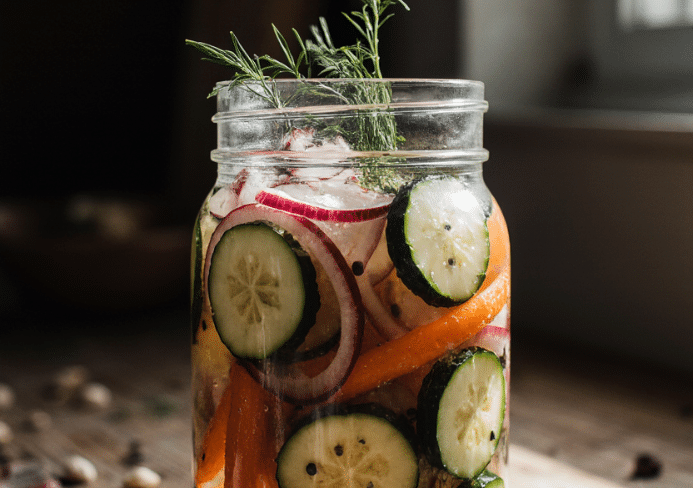
Why Choose Refrigerator Pickled Vegetables?
- No canning required — perfect for beginners
- Ready in as little as 15 minutes to a few hours
- Customizable with herbs, spices, and vinegars
- Great for reducing food waste
- Adds flavor and crunch to meals
How Does Refrigerator Pickling Work?
The magic behind quick pickling lies in the acidic brine, typically made from vinegar, water, salt, and sometimes sugar. This mixture alters the pH of the vegetables, creating an environment that prevents spoilage and encourages flavor absorption.
There are two main methods:
- Hot Brine: Heated and poured over the vegetables
- Cold Brine: Mixed at room temperature to preserve vegetable texture and color
Essential Tools for Refrigerator Pickling
You likely already have most of what you need:
- Mason jars or any airtight glass containers
- A funnel (optional, but handy)
- Labels for dates and ingredients
- A saucepan for brine preparation
- Knife or mandoline for slicing
Best Vegetables to Pickle in the Fridge
Some vegetables pickle better than others due to their texture and flavor. Choose sturdy, crunchy vegetables that can hold up in liquid without turning soggy.
Top options include:
- Cucumbers (classic dill pickles)
- Carrots (great with daikon or ginger)
- Red onions (especially with citrus)
- Daikon radish (popular in Asian pickles)
- Watermelon radish (colorful and tangy)
- Asparagus, snap peas, rhubarb, and ramps for more adventurous batches
Building the Perfect Pickling Brine
A basic brine is simple:
- 1 cup vinegar (white, rice, or apple cider)
- 1 cup water
- 1 tbsp kosher or pickling salt
- 1 tbsp sugar (optional for balance)
From there, you can enhance flavor with:
- Garlic cloves
- Fresh dill, bay leaves, mustard seeds, peppercorns
- Turmeric, star anise, lemongrass, or ginger for international flair
Cold brine is great for vegetables that lose texture when heated, like radishes. Hot brine, meanwhile, helps deeper flavors soak in quickly.
Step-by-Step: How to Make Quick Pickled Vegetables
- Clean your jars and vegetables thoroughly.
- Slice or julienne your vegetables evenly.
- Pack the jars tightly with vegetables, herbs, and spices.
- Boil or mix your brine ingredients.
- Pour the brine over the vegetables, fully submerging them.
- Seal the jars and let them cool.
- Refrigerate for at least 2 hours, ideally overnight.
The longer they sit, the more flavorful they become. Most are best within 3–5 days and keep up to 2–3 weeks refrigerated.
Delicious Recipe Combinations to Try
Here are a few tried-and-true combos:
- Classic Dill Pickles: Cucumbers + dill + garlic + mustard seeds
- Do Chua (Vietnamese): Carrots + daikon + rice vinegar + sugar
- Pickled Red Onions with Citrus: Red onions + lime, orange + black pepper
- Asparagus with Tarragon and Shallot: Elegant and French-inspired
- Snap Peas with Fennel and Mint: Light, crisp, and refreshing
- Chili Garlic Pickles: Thai chilies + garlic + white vinegar + salt
- Rhubarb with Lemongrass and Ginger: Tart and aromatic, great for cocktails
Storage & Safety Tips
- Always refrigerate your pickles — they are not shelf-stable.
- Use clean utensils every time to avoid contamination.
- Discard any pickles that smell off, appear slimy, or grow mold.
- Keep veggies submerged in brine at all times.
Properly stored refrigerator pickles last 2–4 weeks, depending on the vegetable and brine strength.
Flavor Pairings and Serving Ideas
Use your homemade pickles in:
- Sandwiches (banh mi, burgers, wraps)
- Tacos and burrito bowls
- Salads for added crunch
- Cheese and charcuterie boards
- Cocktails (try pickled rhubarb or onion as a garnish)
- Stir-fries (especially chili garlic pickles)
Need inspiration? These creative pickle ideas will help you add flavor to every meal.
Troubleshooting Common Pickling Problems
Why are my pickles soft?
- Too much time in hot brine or overripe vegetables.
Why is my brine cloudy?
- Natural sediment from spices or lack of clean jars. Not always bad!
My pickles taste too salty!
- Reduce salt in future batches, and always measure carefully.
The jars leaked or cracked.
- Leave headspace at the top of the jar and avoid overfilling.
Customizing Your Own Pickling Recipes
Once you’ve mastered the basics, get creative!
- Adjust vinegar-to-water ratios for tartness
- Add sweetness with honey or maple syrup
- Spice it up with chili flakes, jalapeños, or sriracha
- Try herbaceous twists with rosemary, thyme, or mint
- Mix vegetables for rainbow pickle jars
Small batches make experimentation low-risk and fun.
FAQs About Refrigerator Pickled Vegetables
How long do refrigerator pickled vegetables last?
→ Typically 2 to 4 weeks in the fridge, depending on the brine and vegetable.
Can I reuse pickle brine?
→ For flavoring yes, but not for re-pickling. Always make fresh brine to stay safe.
Are refrigerator pickles healthy?
→ Yes! They’re low-calorie, hydrating, and can be low-sugar and low-sodium if adjusted.
Do I need to boil the brine?
→ No, not always. Cold brine works well for delicate vegetables, while hot brine infuses faster.
What are the best veggies to pickle?
→ Carrots, cucumbers, onions, radishes, asparagus, and rhubarb are top picks.
Final Tips for Pickling Success
- Always use fresh, firm vegetables.
- Label your jars with the date and ingredients.
- Taste after 24 hours — the flavors develop fast!
- Start simple, then experiment with global flavors and spice blends.
Whether you’re looking to preserve garden bounty or elevate your meals, homemade refrigerator pickled vegetables are a fun, easy, and flavorful project anyone can do in their own kitchen.
PrintThe Ultimate Guide to Homemade Refrigerator Pickled Vegetables
- Total Time: 15 minutes + chill
- Yield: 2 pint jars 1x
- Diet: Vegan
Description
Easy quick pickled vegetables with customizable flavors — no canning required! Perfect for adding tangy crunch to salads, sandwiches, or bowls.
Ingredients
- 1 cup white vinegar (or rice/apple cider vinegar)
- 1 cup water
- 1 tablespoon kosher salt (or pickling salt)
- 1 tablespoon sugar (optional, for balance)
- 2–3 cloves garlic (peeled)
- 1 teaspoon mustard seeds
- 1 teaspoon peppercorns
- A few sprigs of fresh dill
- Optional: bay leaf, turmeric, chili flakes, ginger, lemongrass
- 2 cups sliced vegetables of choice (e.g., cucumber, carrot, radish, onion)
Instructions
- Wash and sterilize your jars.
- Slice your vegetables evenly and tightly pack them into jars along with herbs and spices.
- In a saucepan, combine water, vinegar, salt, and sugar. Bring to a boil to dissolve, then cool slightly (or use as cold brine if preferred).
- Pour the brine over the packed vegetables, making sure they are fully submerged.
- Let jars cool at room temperature, then seal and refrigerate.
- Pickles are ready in a few hours but are best after 24 hours. They keep for 2–4 weeks in the fridge.
Notes
Use a mandoline for even slicing. Adjust herbs and spices based on flavor profiles (e.g., ginger for Asian, chili for spicy, turmeric for color).
- Prep Time: 10 minutes
- Cook Time: 5 minutes
- Category: Pickles
- Method: Quick Pickled
- Cuisine: Global
Nutrition
- Serving Size: 1/4 cup
- Calories: 5
- Sugar: 1g
- Sodium: 200mg
- Fat: 0g
- Saturated Fat: 0g
- Unsaturated Fat: 0g
- Trans Fat: 0g
- Carbohydrates: 1g
- Fiber: 0g
- Protein: 0g
- Cholesterol: 0mg
Keywords: quick pickled vegetables, refrigerator pickles, no canning, easy pickles, homemade pickles

